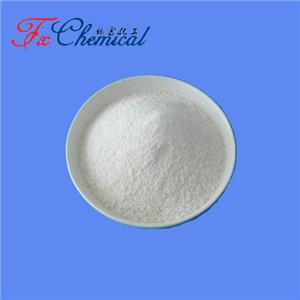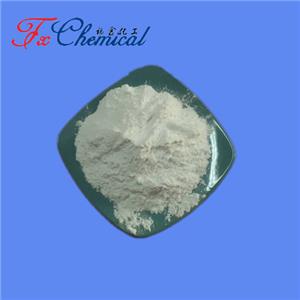
Product Details
| Product Name: 2-Amino-5-hydroxynaphthalene-1,7-disulfonic acid | CAS No.: 6535-70-2 |
| EC-No.: 229-445-0 | Min. Order: 1KG |
| Purity: 99% | Supply Ability: 2000KG |
| Release date: 2025/10/24 |
What is it?
This compound, also known by its common name Dahl's Acid (or Dahl's Acid II), is a naphthalene-based sulfonic acid. Its structure features:
An amino group (-NH₂)
A hydroxyl group (-OH)
Two sulfonic acid groups (-SO₃H)
This specific arrangement of functional groups makes it a valuable intermediate in the chemical industry, primarily for the synthesis of dyes and pigments.
Primary Application: Dye and Pigment Manufacturing
This is the overwhelming and most significant use of Dahl's Acid. It serves as a key building block, or coupling component, in the production of azo dyes and pigments.
1. Synthesis of Azo Dyes and Pigments
Mechanism: Azo dyes are characterized by the presence of one or more azo groups (-N=N-). They are created through a reaction called azo coupling, where a diazonium salt (an electrophile) reacts with a coupling component (a nucleophile, like Dahl's Acid).
Role of Dahl's Acid: The amino group on Dahl's Acid can be diazotized to form a diazonium salt. More commonly, the hydroxyl group and the positions ortho to it act as the coupling site for other diazonium salts. This allows Dahl's Acid to be incorporated into larger, more complex dye molecules.
Resulting Dyes: The dyes produced are typically:
Acid Dyes: Used for dyeing protein fibers like wool, silk, and nylon. The sulfonic acid groups make the dye molecule water-soluble and able to form ionic bonds with the fiber.
Direct Dyes: Used for dyeing cellulose fibers like cotton, rayon, and paper. The planar structure of the molecule, aided by the naphthalene backbone, allows it to adhere directly to the fiber.
2. Specific Color Properties
The molecular structure of Dahl's Acid allows it to produce dyes with specific, valuable shades:
Blues and Violets: It is particularly important for manufacturing dyes that yield deep blue, black, and violet colors. These are often used in mixtures to achieve specific hues.
Reactive Dyes: It can also be used to synthesize reactive dyes, which form a covalent bond with the textile fiber, resulting in excellent wash-fastness.
Company Profile Introduction
You may like
-
CAS:597577-78-1
$0.00 / 1G
Recommended supplier
| Product name | Price | Suppliers | Update time | |
|---|---|---|---|---|
| $1.10/1g |
VIP5Y
|
Dideu Industries Group Limited
|
2022-08-31 | |
| $1.00/1KG |
VIP6Y
|
Career Henan Chemical Co
|
2020-01-07 | |
| $0.00/1KG |
VIP6Y
|
Shaanxi Dideu Medichem Co. Ltd
|
2019-12-31 |
- Since: 2006-04-03
- Address: Room 2015, No.2 Building Kaixin Mansion






![(4R)-4-[[(1,1-Dimethylethoxy)carbonyl]amino]-5-hydroxypentanoic acid ethyl ester](https://img.chemicalbook.com/ProductImageEN1/2024-08/Large/29860f40-5a8c-4416-830b-adc22991fc7b.jpg)

 China
China